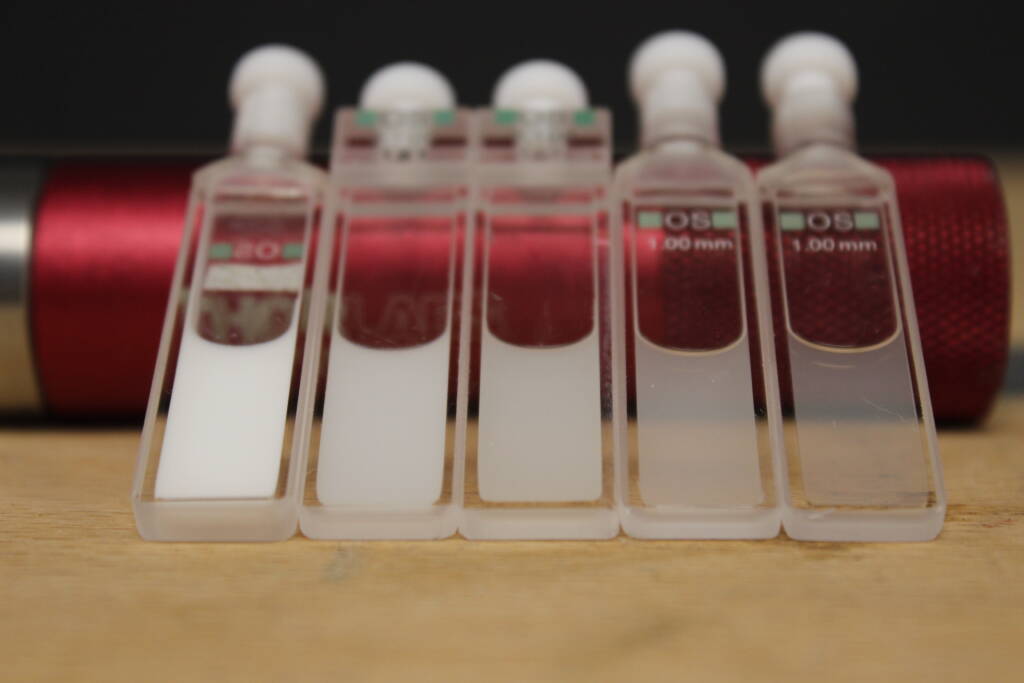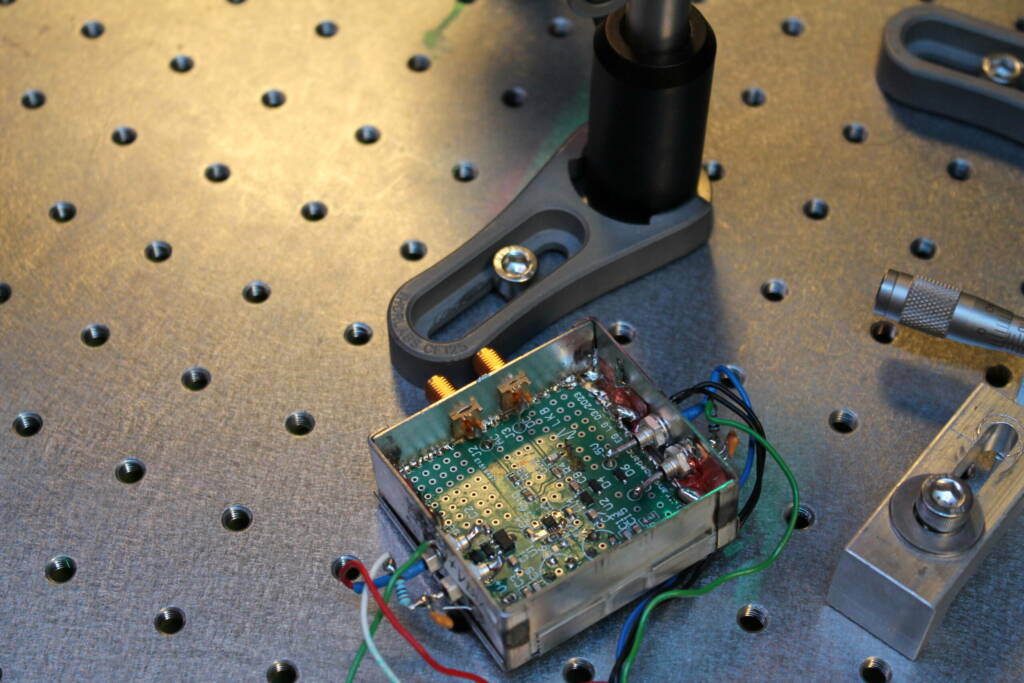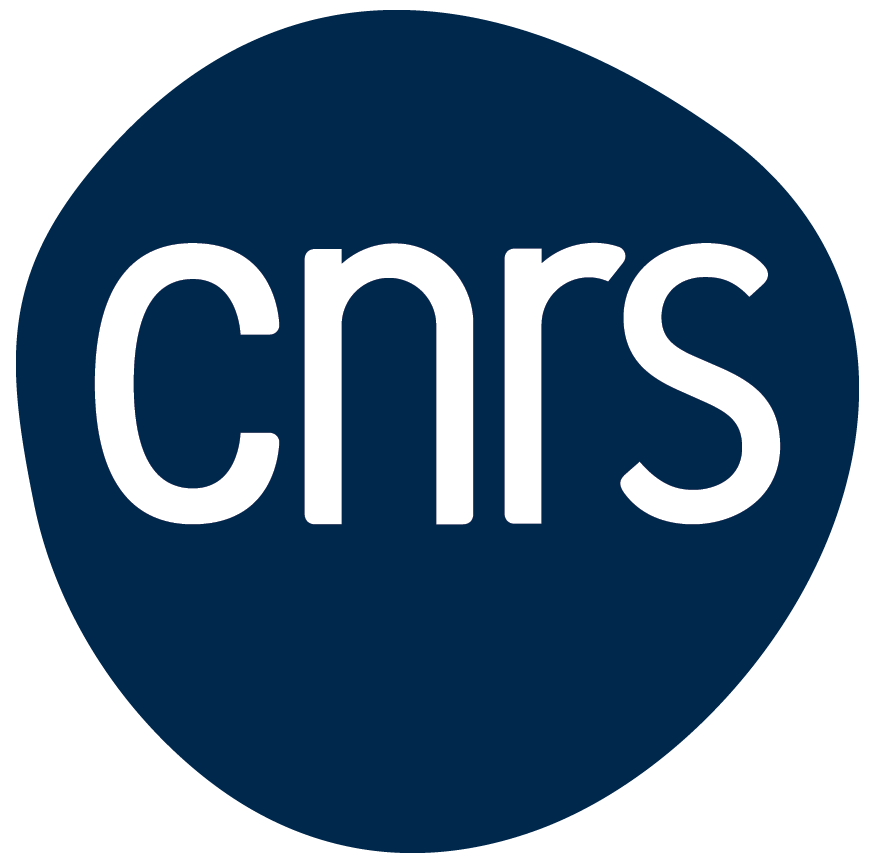- Home
- Laboratory
- Presentation
- News
- Experimental demonstration of an invariance property of waves in complex media
Experimental demonstration of an invariance property of waves in complex media
Discovery of a new property of light

We know that light, and a wave in general, propagates in straight lines in homogeneous transparent media. If the medium is perturbated, however, the light is deviated. Similarly, clouds, made of small droplets of water in suspension, appears milky, since every droplets can deviate or scatter light. At low concentration, one can see through it, but at strong concentration the cloud become dense and opaque. Similiarly, an ice cube is transparent, but snow, made also of water, is opaque because made of many small cristals. This very strong relationship between the structure of a material and its optical behavior is at the root of a wealth of optical devices and phenomenon, from heat transfer in the atmosphere, iridescent colors of butterflies, information storage in a DVD, telecommunication in fibers, and even many sensors.
In the context of a collaboration between the team of the LKB (Sylvain Gigan, Romolo Savo, Ulysse Najar) of the langevin institute (Rémi Carminati and Romain Pierrat) and TU Wien in Austria (Stefan Rotter), we are experimentally demonstrated a new property of light, namely that there exists a quantity independent of the microstructure: the average path length in a given volume. As predicted in 2014 in a theoretical article from the same collaboration, the mean path length indeed is predicted not to depend on the microstructure, but only on the geometrical properties of the medium under investigation, such as its volume or its external area. Experimentally, the demonstration was performed by measuring the path length distribution for light in a glass cell containing a solution of water to which small particles were added. By varying the concentration of the particles of nearly two orders of magnitude, the medium spans from nearly transparent like water to very opaque, like milk, and the distribution of the path changes tremendously. However, the mean value of the path length was observed to be constant, thus confirming the theoretical prediction. This property, verified here for a totally disordered material, should in principle be valid whatever the heterogeneity of the medium, strong or weak, ordered or disordered, at short or large scale.
Beyond its fundamental interest (an invariant quantity in physics being generally the manifestation of a very fundamental principle), this result, thanks to its generality, could impact many domain in optics, and in physics in general. Indeed, the invariance demonstrated here for light is valid for any type of waves, and also applies to other transport phenomena (heat of particle). It is also relevant for the understanding of other complex phenomena that are described by physical models, such as bacteria movements or financial markets.

Ref : Romolo Savo, Romain Pierrat, Ulysse Najar, Rémi Carminati, Stefan Rotter, Sylvain Gigan, Observation of mean path length invariance in light-scattering media, Science Vol. 358, Issue 6364, pp. 765-768 (2017)
Read also
CNRS Recruitment – Join the LKB
External Recruitment for Researchers (M/F)
Nathan Goldman is among the Highly Cited Researchers
Clarivate list



